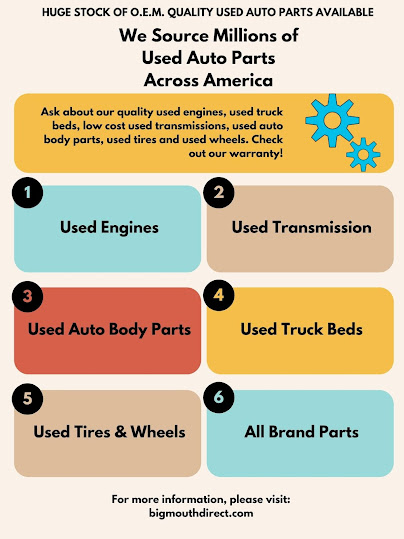What is Brake Master Cylinder?
- The brake master cylinder converts the mechanical pressure on the brake pedal to hydraulic pressure.
- It feeds fluid into the brake circuit controlling with mechanical force.
- Both disk brake and drum brake have master brake cylinders.
- For statutory provisions cars, come with two brake circuits.
- The Brake Master Cylinder generates hydraulic pressure for the two separate brake circuits.
- In the event of one brake circuit failing, the pressure on the brake increases.
- The driver presses the brake pedal, the power from the foot is transferred to the pedal and transmitted to the pressure piston. The piston moves towards the brake line.
- In old vehicles, the piston collar moves over to the compensating bore, closing the pressure chamber and forcing action from the brake.
- With the release of the brake pedal, the spring supported pressure piston returns to its original position. The brake fluid flows to the main cylinder with another press of the pedal the brake pressure increases.
- The new vehicles Electronic Stability Program (ESP) are without compensating bores and replenishment ports.
- The ESPs tasks are performed by the central valves.
- If the master brake is neutrally positioned, the central valve opens.
- The replenishment port and the bore position compensate for the volume between the brake fluid reservoir and wheel brake.
- When the brake is in use the central valve closes preventing the connection between the brake fluid reservoir and wheel brake.
- The pressure begins to build as the central valve closes, which is like the primary collar passing over the compensating bore in a master brake cylinder with a similar bore.
The main parts Brake Master Cylinder
- Brake Master Cylinder is a hydraulic pump and the heart of the hydraulic braking system.
- It has two main parts, the fluid reservoir & the piston.
- The reservoir which holds the brake fluid compensates for the change in fluid volume in the pipelines from temperature variation and leakage.
- To stop leakage rubber seals are installed at both ends of the piston in the compression chamber.
- The piston with reduced diameter is always surrounded by fluid.
- The pushrod is covered with a rubber boot to prevent dirt from entering the brake line sides of the compression chamber.
- The fluid check value with a rubber cup retains the residual brake pressure when the brake is released.
When is brake master cylinder replacement needed?
- The seals in the master cylinder dry out, turn brittle and lead to leakage.
- Overuse of the brake wear off the master brake cylinder and needs replacement.
- If the master cylinder fails lookout for the signals, the brake light will be on.
- Notice brake fluid leaks.
- Braking is soft and springy.
- It takes greater effort to halt the motor.
- The brake fluid level is lower than normal.
What to check before buying a used brake master cylinder?
- Open the brake fluid reservoir on top of your master cylinder. If it is a metal reservoir, use a screwdriver to check the retaining clamp placed at the top.
- The cups should touch the surface of the brake fluid and are pushed up when there is full fluid preventing evaporation while keeping dust and dirt away. The brake fluid should maintain the full line of the cylinder side or 1/2 inch of each chamber.
- Carefully look for strain marks, wetness, gunk. Look for leaking signs.
Why choose Big Mouth Direct to buy a brake master cylinder?
Big Mouth Direct inspects the quality before shipping it to you.
Know if you have a master cylinder or if they need the ABS pump.
They guide a customer through the buying process.
They are highly knowledgeable about car parts.
Your buying journey is improved when you transact with them.
They give a warranty on every part they sell.
Visit https://bigmouthdirect.com/ or call (844) 205-7332.













